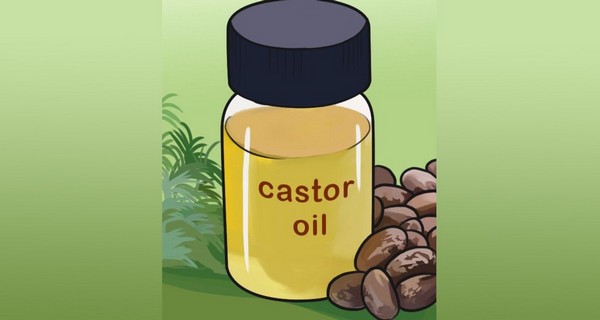
Two-Year AOS members also receive over $600 worth of coupons from the ELITE Marketplace Partners.

If you are an AOS member, you also save 5% from every vendor.

Phalaenopsis will generally re-bloom given a little extra care. This is the main reason most people cut spikes, they say, spikes costs the plant energy. Mentioned in point 1, growing a spike takes a lot out of a plantbut keeping an existing spike doesn’t cost energy. Once a spike has been made it doesn’t cost energy to keep. Watch for new growth to emerge around the base as the growing season progresses.Of all of the more commonly available orchids, only Phalaenopsis (the moth orchid) will re-bloom from its old spike. Species Phalaenopsis bastianii with ever-blooming spikes. Even if the topside is gone, chances are good that the roots have survived. Should your outdoor specimens suffer cold damage with a canopy collapse, cut stems back close to the ground in early spring.īut don’t remove the plants yet. However, for large specimens, you may need to employ a clean, sharp saw to cut through thick trunks. You can use clean, sharp scissors or shears to trim tips, pull away dead leaves from the stem, and prune stems to manage growth and size. Outdoor specimens can be trimmed and pruned in the same manner as indoor plants. They’re easily propagated to make new plants – and you can read all about it in our guide to propagating dracaena houseplants. If needed, use a clean boxcutter to trim away plant material right up to the stem to prevent regrowth.īut don’t throw away the stems you remove. To remove straggly side stems, cut them as close to the base as possible. Watch for buds of new growth to emerge below the cut in a few weeks. Use clean, sharp garden snips to cut stems at a 45-degree angle – cutting on an angle helps reduce the available area that bugs, dust, and pathogens can land on, limiting the chances of infection or infestation. To create a compact, bushy shape, cut the stem low, leaving a quarter of the stem’s overall length in place.įor specimens with a taller profile, make your cut at any desired height, removing between one-quarter and three-quarters of the total stem length.

Here’s everything we’ll cover up ahead to keep your plants looking their best:
#Spike plant single how to
So whether your dragon tree or spike plant needs just a light trim or major structural reshaping, join us for a look at how to prune dracaena in the home and garden! Thankfully, dracaena responds well to pruning, and it’s easy to maintain a manageable size or tidy up the foliage. Out in the garden, some may grow up to 20 feet. In a cozy, protected home environment, many can reach up to 10 feet tall and eventually outgrow their location. Native to tropical regions, these cold-tender but sturdy plants are hardy only in USDA Zones 10 to 12, and are typically grown as houseplants. marginata), and the tall, palm-like garden spikes ( D. fragrans), the dramatic, bi- or tricolored dragon tree ( D. sanderiana), the stately, wide-leaf corn plant ( D. You’re probably familiar already with several Dracaena species that commonly grace our homes and yards, such as the uniquely curled lucky bamboo ( D. And many have tree-like stems similar to palms. Various types feature lush and glossy canopies or stands of strappy foliage. If you buy from one of our links, we may earn a commission. We link to vendors to help you find relevant products.


 0 kommentar(er)
0 kommentar(er)
